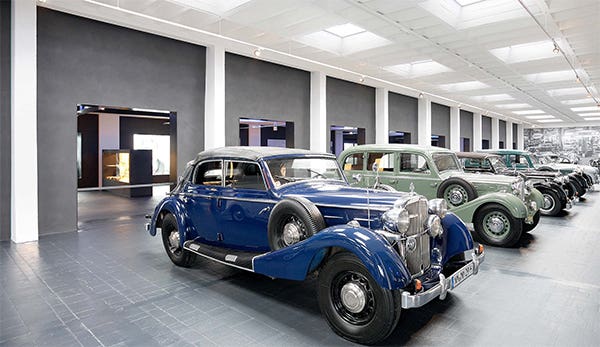Old Cars Q&A: 2021 no. 4
Kit Foster answers you r old car questions. This time he talks about safety precautions and Model T headlamps.
Q.In the Oct. 5 “Q&A” devoted to removal of caked-on grease, respiratory protection was mentioned, such as wearing a respirator with a charcoal filter and working in a well-ventilated space. However, I was surprised that eye and skin protection were not mentioned.
When working with solvents that are brushed on or sprayed on, eye and skin protection are equally important to respiratory protection. Splash-proof safety goggles (not safety glasses) should always be worn when using these grease-cutting chemicals. A lot of caked-on grease is underneath vehicles, so one could be working on caked-on grease that is overhead. Splash-proof goggles are readily available on the internet and, if ordered by mid-week, can be delivered in time for weekend use. I saw many available for $12 or less.
Also, some provision for emergency eye washing is a good thing to have readily available. Shut your eyes for a moment and think what you would do if you were lying on your back under a vehicle and were suddenly blinded by a rogue splash of a solvent or a cleaner. This might help impress you with the importance of proper eye protection while using solvents and other cleaners.
Most grease-cutting chemicals will remove the natural oils from human skin. Solvent- and cleaner-resistant gloves should be worn when contact with these chemicals is expected. Chemical-resistant disposable gloves are very convenient. When multiple-use, chemical-resistant gloves are used, they should be thoroughly cleaned and dried after each use.
Using solvents and cleaners while working on vehicles puts you in a whole different situation than beating out dents and changing plugs. Using a complete set of proper safety equipment when using chemicals can keep the hobby free of serious and lasting injury. — John Wetlaufer, Sr., via email
A. You make a very good point, one that resonates with me. More than 50 years ago, during my college years, I had a summer job in a factory that processed drafting paper (remember when engineering drawings were made on paper?). The paper came from a mill, and our plant ran it through a number of chemicals to give it the right degree of transparency and a good drawing surface. In order to process a huge roll quickly, the machines were heated to quickly dry the paper surface prior to re-rolling.
The plant operated 24 hours a day, Monday to Friday. I worked the second shift, 4 p.m. to midnight, which gave me time to work on cars during the day. Since I didn’t party much and liked to sleep late, I was happy to work evenings. Usually the third shift, midnight to 8 a.m., cleaned the machines at the end of the work week, early Saturday morning.
On holiday weekends, though, the third shift arrived early at the start of the week and the evening shift was saddled with cleanup. This was before OSHA and today’s workplace safety regulations. There was some on-going health monitoring due to the “heavy atmosphere” in the plant, but that was all; we didn’t get any formal hazard training. In my second summer I had “graduated” to running the high-speed machines which ran at a higher temperature. As the July 4th holiday approached, I was faced with cleaning “my” machine. The procedure involved going into the belly of the machine and washing down all the coating surfaces and rollers with MEK: methyl ethyl ketone, a powerful but nasty solvent that has been mentioned in this column before. You can still buy it in hardware stores, but it is notorious for nose, throat, skin and eye irritation.
I finished the cleanup without incident, then went home. About 3 a.m. I was awakened by an intense burning sensation in my eyes. Yes, a half hour in a hot, enclosed space with MEK fumes in the air had done me in. Fortunately, we had some eyewash at home and I recovered without any complications. The lesson, though, stayed with me: There’s a reason that labels for solvents say “use in a well-ventilated space.” For us car folks, that usually means outside, not in a garage, even. Read the labels! They’re there for a reason, and they mean what they say.
Q. Can you help me identify these headlights? Thank you. — Brent Bower, Hilbert, Wis.
A. A first glance, I’m going to say Model T Ford.
To submit questions to this column: E-mail
oldcars@aimmedia.com or mail to: Q&A, Old Cars,
5225 Joerns Drive, Suite 2, Stevens Point, WI 54481.
*As an Amazon Associate, Old Cars earns from qualifying purchases.








